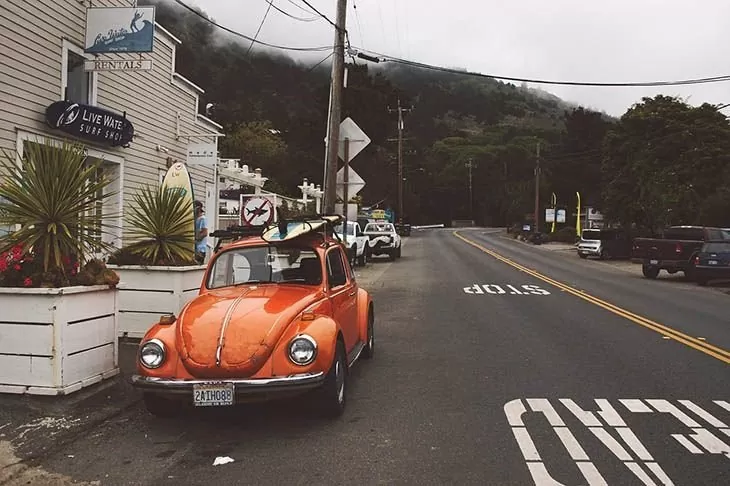When should you cover the brake? What are some of the reasons why people cover their motorcycle brakes? What benefits do you stand to gain by taking this course of action?
These are all questions most riders have asked themselves. To help you find the right answers, and to better understand the brake cover technique and why you need it, read on:
When Should You Cover The Brake?
By learning when you should cover the brake, you will be better placed to react well whenever you find yourself in a situation in which you have to come to an abrupt stop. In these situations, your foot/hand will now be over the brake pedal – a position in which you can easily press down on the brakes and stop.
A fraction of a second faster on your brakes might be the sole reason why you saved a couple of meters in your stop. It might also end up being the main difference between getting into a grisly accident and saving yourself/others.
One of the situations you should cover the brake is when you are riding through heavy traffic. In this case, you always have to ensure that you can easily come to a sudden stop or slow down when and as the conditions require.
By cover braking, therefore, you will get the opportunity to make a smooth transition from fast accelerate to breaking. It also works well for slowing down over relatively small distances.
However, as you learn about all the conditions when you should cover the brake, it is imperative that you remember never to press down on the brake pedal – a situation referred to as riding the brake.
So, when should you cover the brake? The following are a couple of the scenarios in which covering your brake will prove beneficial should the need ever arise. Learning how to do so at the right time will enable you to avoid most of the common accidents riders fall prey to:
1. Parked Cars
While doing so, be careful and prepare yourself to come to a sudden halt in case any of the car doors open or if anything/anyone emerges from behind/in front of the parked car.
2. Vehicles With Brake Lights On
In the same way, you need to cover the brake when you see any other vehicle switching on its brake lights. In case the car breaks as a reaction to something, you will be better prepared to also come to a stop.
3. Signal Lights
Always be on the lookout at signal/stop lights and assess the movement of traffic before you continue riding head-on. Additionally, check if the lights are about to change before driving.
4. Slippery Tracks
Riding a motorcycle on a slippery track is harder than you might assume. In fact, this situation will test your riding skills more than anything else will. By covering the brake on a slippery track, you will be better placed to come to a sudden stop or slow down in good time – especially if you feel your tires slipping and sliding in the mud and grime.
Braking will give you enough grip so that you can hold onto your bike as it runs over the track.
5. Crowded Areas
By covering the brakes, you will be in a better position to control your bike and avoid hitting people or any other obstacle that might suddenly come in your line of riding.
6. Country Roads
In the same way, country roads are sometimes frequented by animals. As you ride down one, therefore, an animal might suddenly leap onto the road. Covering your brakes will prove useful if this should happen.
7. Erratic Drivers
At times, you might come across erratic drivers as you are riding your lovely motorbike. Since there’s no telling what such drivers might do, you need to cover the brake and prepare yourself for anything.
Benefits Of Covering The Brakes
When you do this, nothing will happen to the brake. Instead, the brake lights will go on – thereby acting as an adequate caution to other riders and drivers on the road trailing behind you.
By so doing, you will give enough warning so that anyone tailgating you can back off. Similarly, touching your brakes and withdrawing your hand will get the attention of other people using the road because they will see the brake lights flickering. This will make your driving experience much safer.
Final Verdict
Over and above everything else, you should always be careful anytime you get on your motorcycle to go out for a ride, head to work, or simply to go meet up with friends. As you ride, always understand all the situations when you should cover the brake. Only by so doing will you be able to avoid getting into accidents, harming other people, or damaging your bike or another person’s property.

